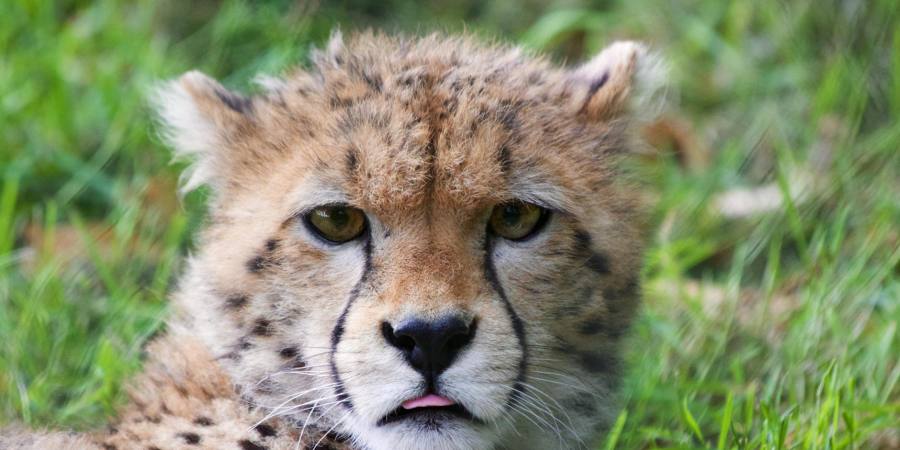

A young cheetah's journey to becoming an adept hunter is a fascinating process, one that intricately combines innate instincts with learned behaviors. Unlike many animals that rely heavily on their parents to teach them survival skills, cheetahs are born with some level of predatory instinct. However, this raw instinct needs to be honed and refined through practice, observation, and experience.
### Early Life: The Foundation of Hunting Skills
Cheetah cubs are born blind and helpless, entirely dependent on their mother for survival during the first few weeks of life. For the first few months, the mother cheetah provides for her cubs by hunting and bringing back food. During this time, the cubs remain hidden in tall grass or dense vegetation to avoid predators like lions, hyenas, and leopards.
At around six weeks old, the cubs begin to follow their mother on her hunts. This is when the learning process truly begins. Initially, the cubs do not participate in the hunt but watch and observe their mother closely. This period of observation is crucial as the cubs learn about stalking, chasing, and the overall strategy involved in capturing prey. The mother cheetah will often slow down or adjust her hunting techniques, providing her cubs with a clearer view of her actions.
### Play as Practice: Developing Essential Skills
Play is an essential part of a cheetah cub's development and is instrumental in honing their hunting skills. Through play, the cubs engage in activities that mimic hunting behaviors, such as stalking, chasing, pouncing, and wrestling. These playful interactions with their siblings are not only fun but serve as practical training sessions. They help the cubs develop coordination, agility, and the muscle strength necessary for hunting.
The cubs also engage in solitary play, often pouncing on inanimate objects like sticks or leaves. These actions further develop their motor skills and reflexes, both critical for a successful hunt. As they grow older, the intensity and complexity of their play increase, preparing them for the real challenges of hunting.
### Transition to Independent Hunting
Around the age of six months, the mother cheetah begins to encourage her cubs to participate more actively in the hunt. She might bring back live prey, such as a young gazelle or hare, to give the cubs the opportunity to practice their hunting skills. This practice is vital as it allows the cubs to experience the thrill and challenge of capturing and killing prey, which is a far more complex task than it might appear.
As the cubs approach one year of age, they start to participate in actual hunts. Initially, they may struggle, often missing their targets or becoming exhausted after short chases. However, with each attempt, they learn to refine their techniques, improving their speed, timing, and endurance.
### Mastery and Independence
By the time the cubs reach 18 to 24 months, they are usually capable of hunting independently. At this stage, the mother cheetah gradually distances herself, allowing the young cheetahs to rely solely on their skills. The transition to independence is not abrupt but rather a gradual process, with the mother providing less support over time.
Once fully independent, young cheetahs must continue to hone their hunting skills to survive in the wild. The journey from a helpless cub to a proficient hunter is a remarkable example of nature's intricate design, where instinct, learning, and experience converge to create one of the most efficient predators in the animal kingdom.
